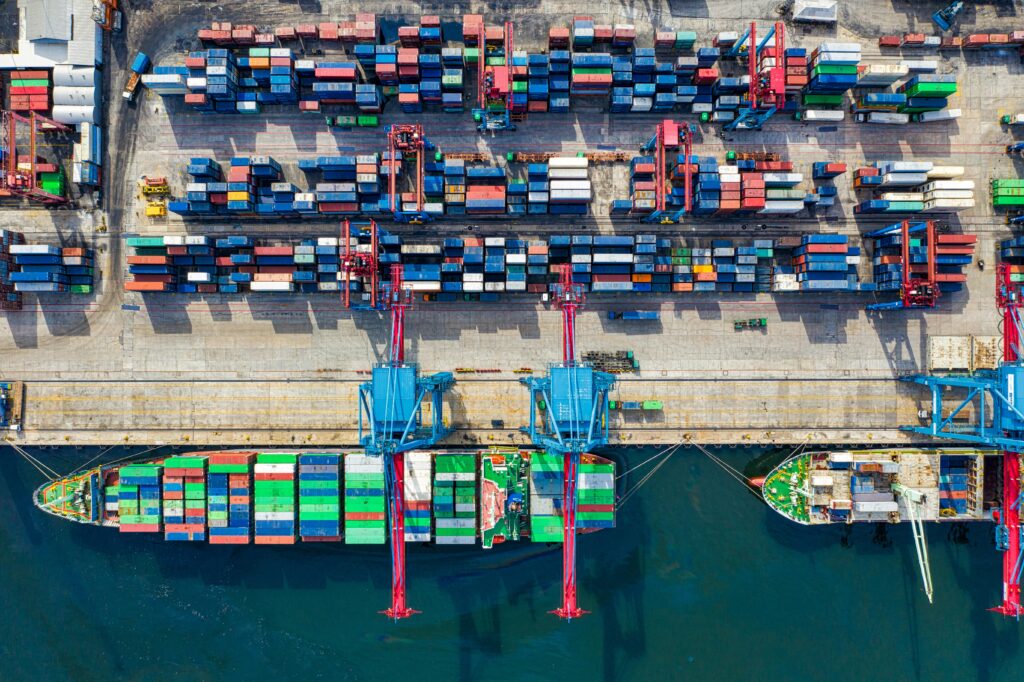Supply Chain Management and Logistics: Optimizing Business Operations
Supply chain management (SCM) and logistics are critical components of modern business operations, playing a crucial role in the efficient movement of goods and services from suppliers to end consumers. This article explores the key concepts, challenges, and emerging trends in these interconnected fields.
Understanding Supply Chain Management
Supply chain management encompasses the end-to-end process of planning, implementing, and controlling the operations of the supply chain with the purpose of satisfying customer requirements as efficiently as possible.
Key Components of SCM:
- Planning: Developing strategies to manage all resources required to meet customer demand.
- Sourcing: Choosing suppliers to provide the goods and services needed to create the product.
- Manufacturing: Organizing the activities required to accept raw materials, manufacture the product, and test for quality.
- Delivery and Logistics: Coordinating customer orders, scheduling deliveries, dispatching loads, invoicing customers, and receiving payments.
- Returns: Creating a network or process to take back defective, excess, or unwanted products.

The Role of Logistics
Logistics is a subset of supply chain management that focuses on the movement, storage, and flow of goods, services, and information within the overall supply chain.
Key Aspects of Logistics:
- Transportation Management: Selecting the appropriate method of transport and optimizing routes.
- Warehouse Management: Efficiently storing and retrieving goods.
- Inventory Management: Maintaining optimal stock levels to meet demand without excess.
- Order Fulfillment: Processing and delivering customer orders accurately and promptly.
- Reverse Logistics: Managing the return of goods from the point of consumption to the point of origin.
Challenges in Supply Chain Management and Logistics
- Globalization: Managing complex international supply chains and navigating diverse regulations.
- Visibility: Maintaining transparency across the entire supply chain.
- Risk Management: Mitigating disruptions due to natural disasters, political unrest, or economic fluctuations.
- Cost Optimization: Balancing cost reduction with maintaining quality and service levels.
- Sustainability: Implementing environmentally friendly practices while maintaining efficiency.
- Technology Integration: Adopting and integrating new technologies effectively.
- Demand Volatility: Responding to rapidly changing consumer demands and market trends.

Emerging Trends and Technologies
- Artificial Intelligence and Machine Learning: Enhancing forecasting, inventory management, and route optimization.
- Internet of Things (IoT): Improving tracking and monitoring of goods throughout the supply chain.
- Blockchain: Increasing transparency and traceability in supply chain transactions.
- Autonomous Vehicles and Drones: Revolutionizing transportation and last-mile delivery.
- Robotics and Automation: Enhancing warehouse operations and manufacturing processes.
- Green Logistics: Focusing on sustainable practices to reduce environmental impact.
- Digital Twin Technology: Creating virtual replicas of physical supply chains for better planning and optimization.
Strategies for Effective Supply Chain Management
- Demand Forecasting: Utilizing advanced analytics to predict future demand accurately.
- Supplier Relationship Management: Building strong, collaborative relationships with key suppliers.
- Lean Supply Chain Management: Eliminating waste and focusing on value-adding activities.
- Agile Supply Chain: Developing flexibility to respond quickly to changes in demand or supply.
- Risk Management: Implementing robust strategies to identify and mitigate potential disruptions.
- Continuous Improvement: Regularly assessing and optimizing supply chain processes.
- Technology Adoption: Leveraging appropriate technologies to enhance efficiency and visibility.

The Future of Supply Chain Management and Logistics
As businesses continue to evolve in an increasingly digital and globalized world, supply chain management and logistics will play an even more critical role in competitive advantage. Future trends include:
- Increased focus on customer-centric supply chains
- Greater emphasis on sustainability and circular economy principles
- More collaborative and interconnected supply chain ecosystems
- Advanced analytics and AI-driven decision making
- Continued integration of emerging technologies
Conclusion
Effective supply chain management and logistics are essential for businesses to thrive in today’s competitive landscape. By embracing new technologies, focusing on sustainability, and continuously optimizing processes, organizations can create resilient, efficient, and responsive supply chains that drive business success and customer satisfaction. As the field continues to evolve, staying informed about emerging trends and best practices will be crucial for professionals and businesses alike.











